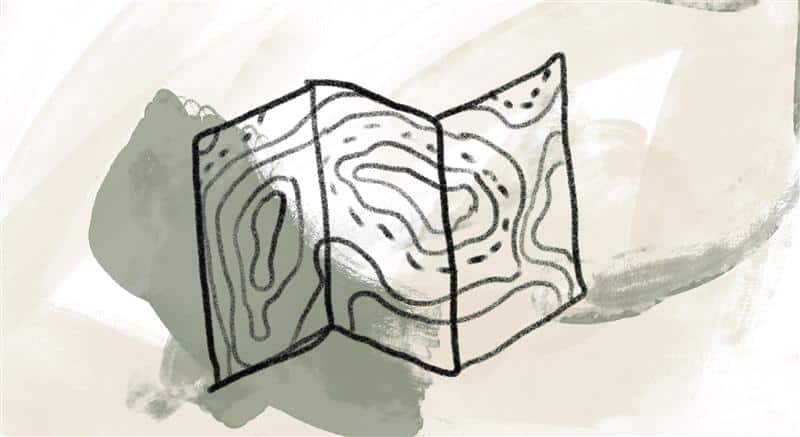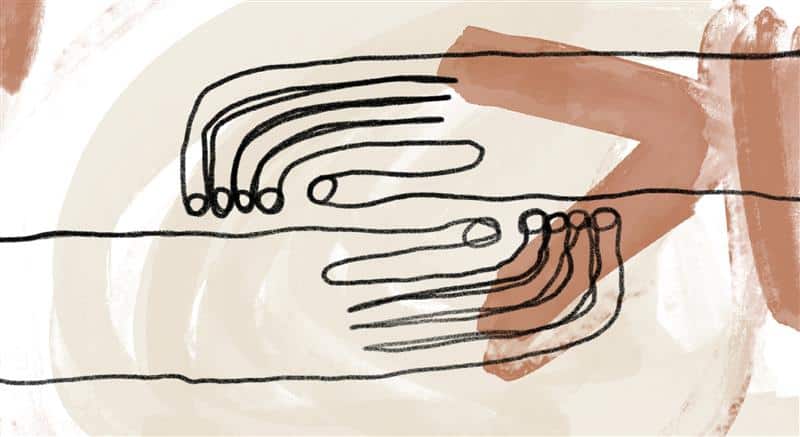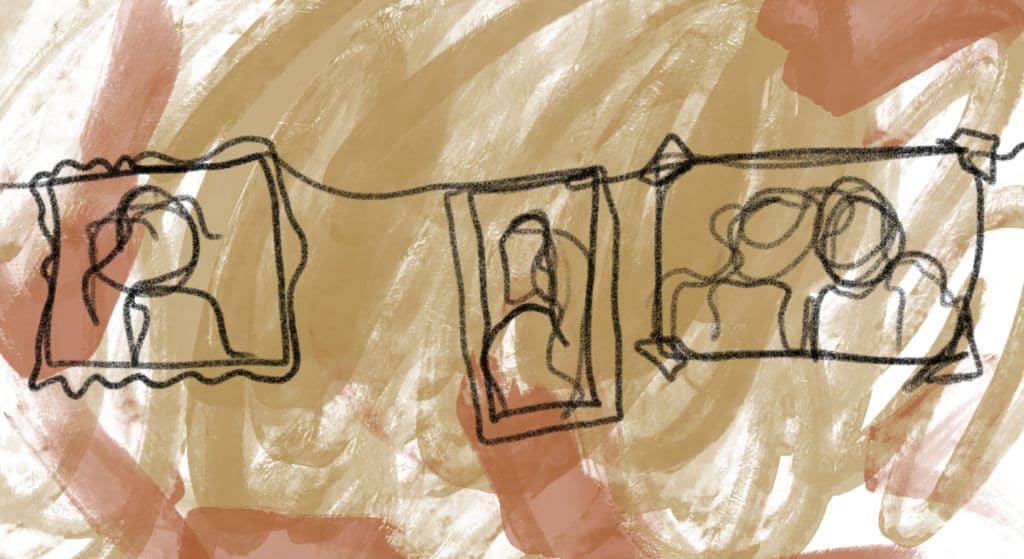
Father Richard further clarifies what he means by the false self:
Our false self is not our bad self, our inherently deceitful self, the self that God does not like, or we should not like. Actually, our false self is good and necessary as far as it goes. It just doesn’t go far enough, and it often poses and thus substitutes for the real thing. That is its only problem, and that is why it’s called “false.”
Various false selves (temporary costumes) are necessary to get us all started, and they show their limitations when they stay around too long. If a person keeps growing, their various false selves usually die in exposure to greater light.
Our false self, which we might also call our “small self” or “separate self,” is our launching pad: our body image, our job, our education, our clothes, our money, our car, our success, and so on. These are the functional trappings of ego that we all use to get through an ordinary day. They are largely projections of our self-image and our attachment to it. [1]
Contemplation teaches us how to detach from this self-image. For example, I’m happy to dress as a priest at the appropriate time and place, but I don’t do it all the time, because then I get too attached to that image. Any self-image, positive or negative, held too tightly, reinforces our attachment to the false self. We don’t need to think of ourselves as better or worse than each other. I am who I am as the image of God and that levels the playing field. [2]
When we are able to move beyond our separate or false self—as we are invited to do over the course of our lives—it will eventually feel as if we have lost nothing. In fact, it will feel like freedom and liberation. When we are connected to the Whole, we no longer need to protect or defend the mere part. We no longer need to compare and compete. We are now connected to something inexhaustible.
To not let go of our false self at the right time and in the right way is precisely what it means to be stuck, trapped, and addicted to our self. (The traditional word for that was sin, the result of feeling separate from the Whole.) Discovering our True Self is not just a matter of chronological age. Some spiritually precocious children see through the false self rather early. Some old men and old women are still dressing it up. If all we have at the end of our life is our separate or false self, there will not be much to eternalize. It is transitory and impermanent. These costumes are largely created by the mental ego. They were useful to us in our development. Our false self is what changes, passes, and dies when we die. Only our True Self lives forever. [3]
References:
[1] Adapted from Richard Rohr, Immortal Diamond: The Search for Our True Self (San Francisco, CA: Jossey-Bass, 2013), 27–28.
[2] Adapted from Richard Rohr, Immortal Diamond (Albuquerque, NM: Center for Action and Contemplation, 2020–), online course.
[3] Rohr, Immortal Diamond, 28–29.
Image credit: A path from one week to the next—Izzy Spitz, Field Study 1 (detail), oil pastel on canvas. Taylor Wilson, Field of the Saints (detail), print. Taylor Wilson, Isha (detail), watercolor and cyanotype. Used with permission. Click here to enlarge image.
Artist Statement (Taylor Wilson): This collection is an exploration of the iconic visuals we are culturally familiar with.… Playing and replaying with what the ancients already knew and then taking the responsibility of sacred knowledge forward through modern expression with the Spirit.
Story from Our Community:
As I try to remain present through the suffering of loved ones and the world, I find myself inspired by the courage of Mary Magdalene. For me, her story represents the struggle we face between the small self and the True Self. With power, humility, and transcendent grace, Mary remained present through the suffering and the loss of the person she loved most in life. She remained spiritually and humanly present, never losing sight of great Love. Following her example, I’m able give freely knowing that the source of my being is Good and eternal. —Samuel B.




